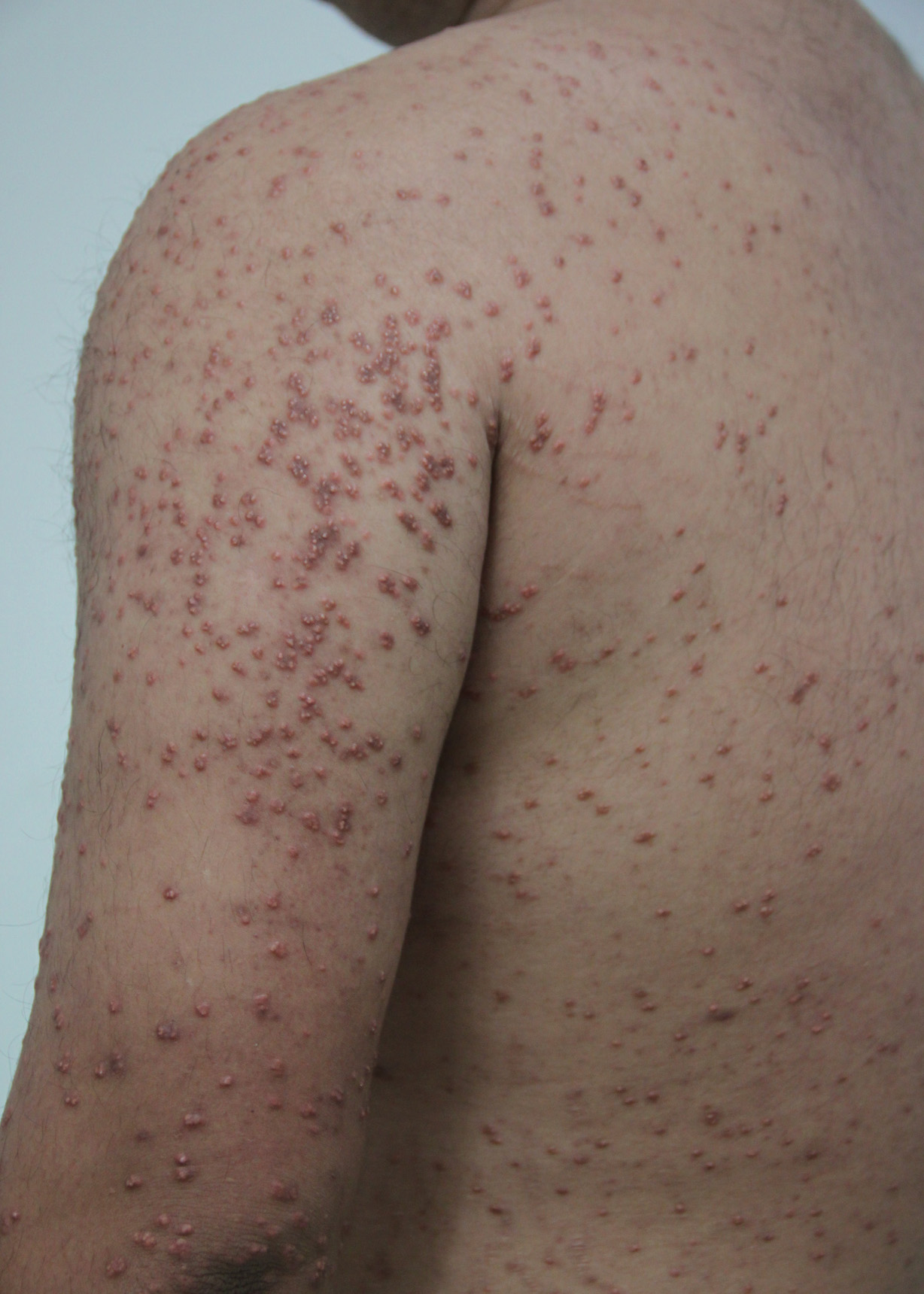Peripubertal nevoid telangiectasias.

Downloads
DOI:
https://doi.org/10.26326/2281-9649.31.3.2275How to Cite
Abstract
Primary nevoid telangiectasias are a rare, congenital or acquired condition characterized by unilateral telangiectasias with segmental distribution. Acquired nevoid telangiectasias (ANT) are rare – 85 cases in the literature in 2011 –, they prevail in women and the average age at onset is 28 years; the most affected sites are the face, neck and upper chest (6).
The prevalence in women, their appearance after taking contraceptives, during pregnancy or, as in the present case at puberty, and their possible regression at the end of pregnancy or in the puerperium, suggest a role for estrogens (3). The congenital forms and the nevoid distribution suggest a mosaic condition that would be made evident by estrogenic stimuli, similarly to what happens for Becker’s nevus, which is sensitive to androgens (2).
Histologically, ANT show a dilation of capillaries and post-capillary venules which are lined with normal endothelial cells in the absence of proliferative aspects (2).
From the clinical point of view, ANT are unilateral red spots, linear or in small patches, sometimes surrounded by an ischemic halo – Bier’s spots (4) –, which disappear on finger pressure.
ANT must be differentiated from acquired port-wine stain (APWS), another rare condition that differs from the much more frequent congenital form for the age of onset. APWS differs from ANT mainly in morphology as it consists of port-wine patches of uniform color similar to the much more frequent congenital ones. The differential diagnosis between acquired ANT and APWS is not always easy, because clinical features and histology can be superimposable (2). Primary ANT should then be differentiated from secondary ANT. The latter are mainly due to hyperestrogenism from liver disease or other diseases (5).
The therapy is based on the use of the dye laser (1), but relapses have been reported after this therapy (2).
The current case has been reported for its rarity and for the possible relationship of ANT with physiological conditions such as puberty.
